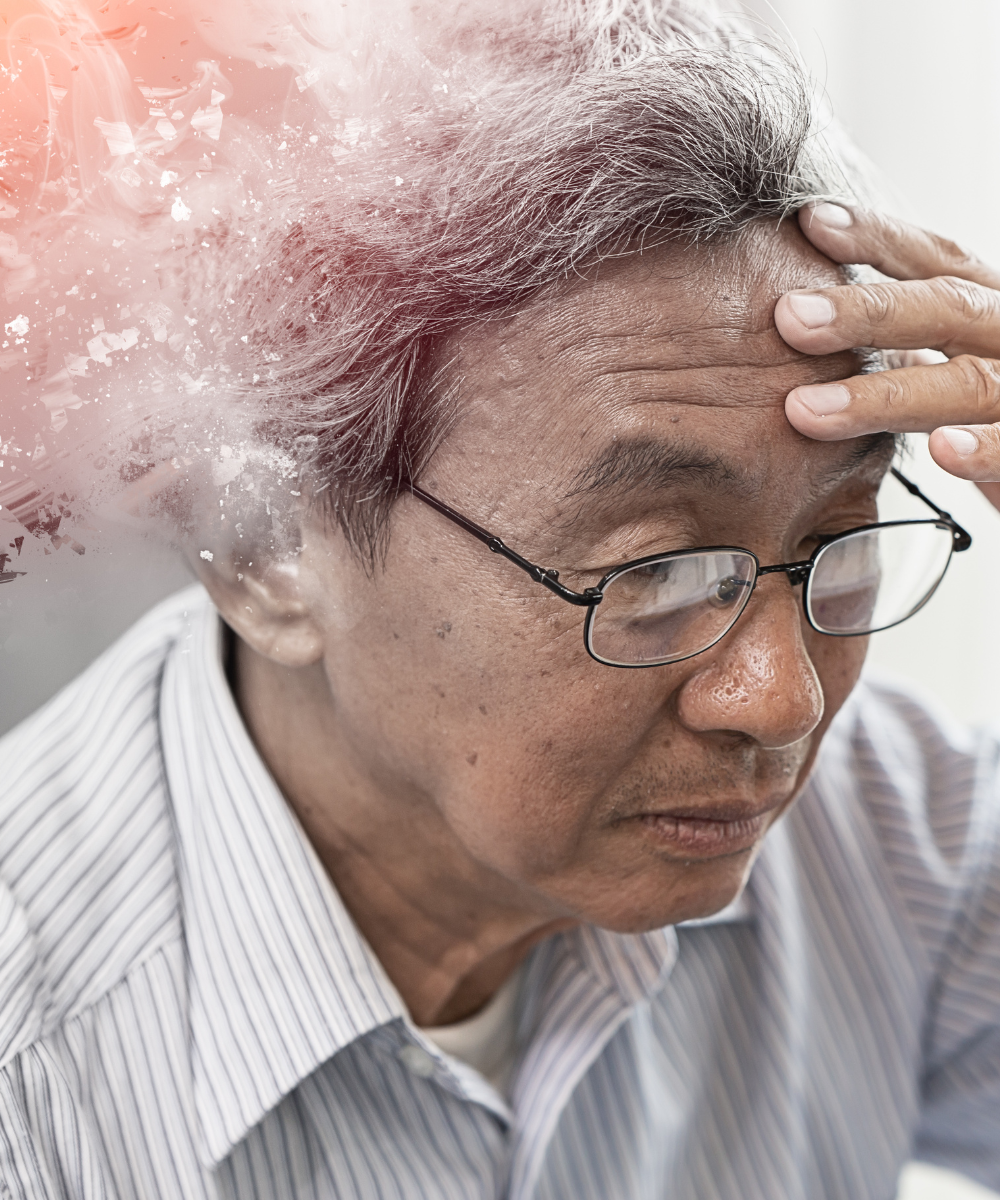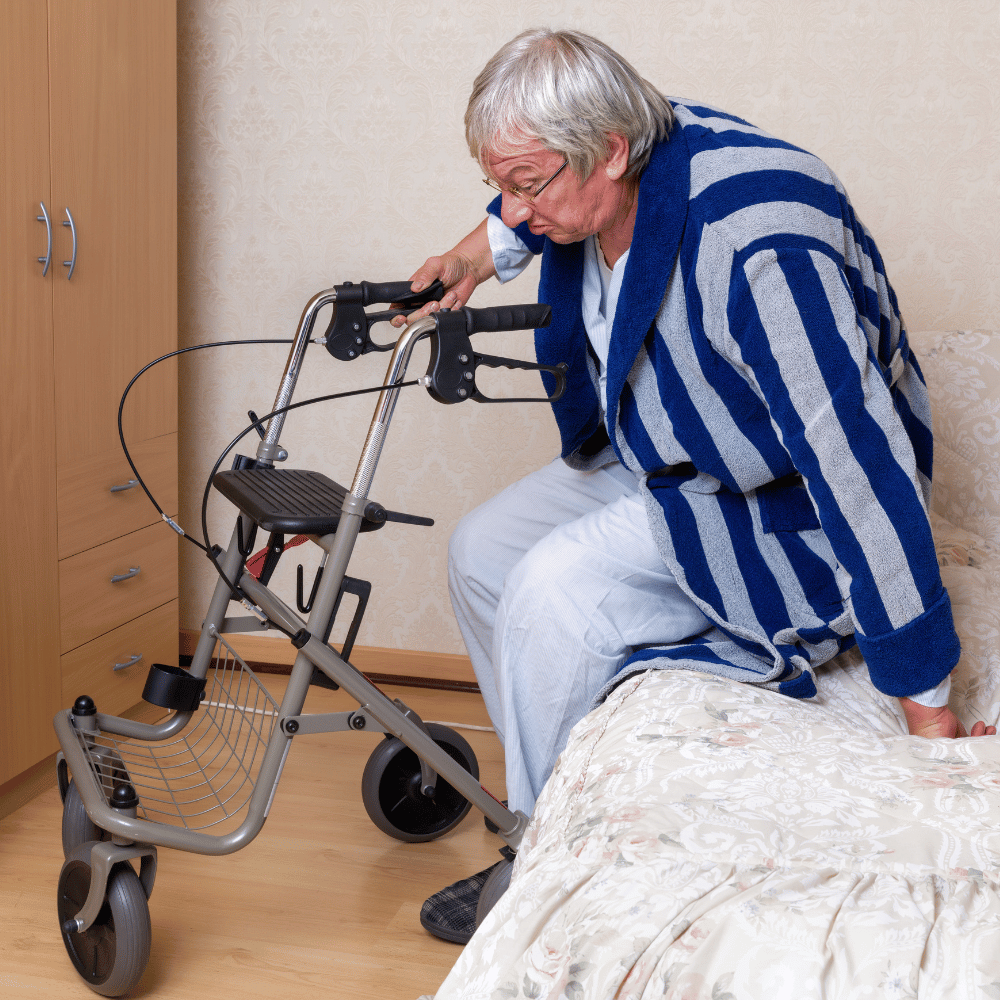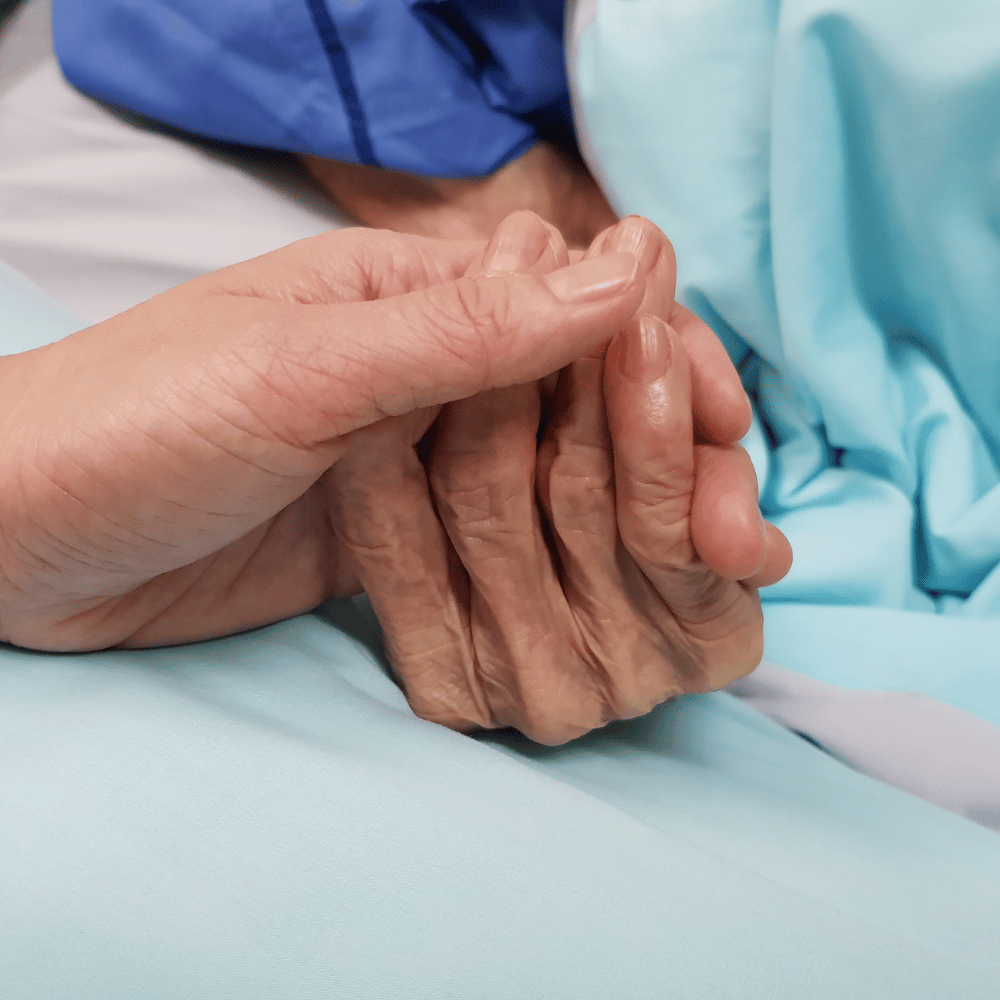The 7 Stages of Lewy Body Dementia
It is marked by a decline in cognitive abilities, which can include problems with attention, following directions, and visual-spatial awareness.

Lewy body dementia (LBD) is a progressive brain disorder that affects thinking, behavior, mood, and movement. Understanding the stages of LBD can help caregivers and loved ones prepare for the challenges ahead. This article will guide you through the seven stages of Lewy body dementia, providing insights into the symptoms and care strategies for each phase.
Key Takeaways:
- Learn about the progressive stages of Lewy body dementia.
- Identify the symptoms and care strategies for each stage.
- Gain insights into managing the condition effectively.
What is Lewy Body Dementia?
Lewy body dementia is a term that encompasses two related clinical diagnoses: dementia with Lewy bodies (DLB) and Parkinson's disease dementia (PDD). The condition is characterized by abnormal protein deposits known as Lewy bodies, which disrupt normal brain function. These deposits are named after Friedrich H. Lewy, the neurologist who first discovered them.
LBD is not just a single disease but a spectrum of disorders that share common features. It is marked by a decline in cognitive abilities, which can include problems with attention, following directions, and visual-spatial awareness. Unlike other forms of dementia, LBD also presents with significant motor control symptoms, similar to those seen in Parkinson's disease, such as tremors and muscle rigidity.
Stage 1: Early Mild Symptoms
The first stage of Lewy body dementia often goes unnoticed as the symptoms can be very mild. Individuals may experience slight memory problems or mood changes, which can easily be mistaken for normal aging. It's important for family members to be aware of these subtle changes, as early diagnosis can lead to better management of the condition.
During this stage, individuals may still maintain their independence, but close observation is crucial. It's a good time to discuss future care preferences and consider legal and financial planning.
Stage 2: Increasing Mild Cognitive Impairment
As LBD progresses to the second stage, symptoms become more noticeable. Memory issues may persist, and cognitive problems could start to interfere with daily activities. Individuals might have difficulty with complex tasks, such as managing finances or planning events.
At this point, it's essential to create a supportive environment that reduces stress and confusion. Simplifying routines and providing gentle reminders can help individuals maintain a sense of control and independence.
Stage 3: Mild-Moderate Changes
In the third stage, symptoms are more pronounced, and individuals may struggle with basic tasks and communication. There might be noticeable changes in motor skills, and the risk of falls increases. Visual hallucinations, a hallmark symptom of LBD, often emerge during this stage.

Caregivers should focus on safety and mobility, possibly introducing walking aids or home modifications. Consistent routines and clear communication can help manage hallucinations and confusion.
Stage 4: Moderate Dementia
By the fourth stage, cognitive decline is more significant, and full-time care may be necessary. Individuals might require assistance with personal care and daily activities. Memory loss is more profound, and there may be increased difficulty in recognizing familiar faces and places.
Care strategies should prioritize comfort and dignity, with a focus on creating a calm and familiar environment. Professional caregiving support may become necessary to manage the increasing care needs.
Stage 5: Moderately Severe Changes
During the fifth stage, individuals with LBD may experience severe motor impairment and may no longer be able to walk. Communication becomes more challenging, and there may be a need for specialized equipment to assist with mobility and care.

It's important for caregivers to maintain patience and empathy, as frustration and anxiety can be high for both the individual and the caregiver. Engaging in non-verbal communication and sensory stimulation can provide comfort.
Stage 6: Severe Symptoms
In the sixth stage, individuals may lose the ability to speak and become unresponsive to their environment. They may require around-the-clock care, and the risk of complications, such as infections or pneumonia, increases.
Caregivers should focus on palliative care measures, ensuring that the individual is as comfortable as possible. It's also a time for caregivers to seek support for themselves, as the emotional toll can be significant.

Stage 7: Very Severe End-Stage Dementia
The final stage of Lewy body dementia is characterized by a complete loss of responsiveness and motor function. Individuals may be bedridden and require extensive nursing care. At this stage, the focus is on providing compassionate end-of-life care and ensuring the individual's comfort.
Families may consider hospice care, which can provide additional support and resources during this difficult time. It's also important to honor the individual's wishes for end-of-life care, as previously discussed in the earlier stages.
Summary
Lewy body dementia is a complex condition that progresses through seven distinct stages. Understanding these stages can help caregivers provide appropriate care and support throughout the disease's progression. Early diagnosis and planning are key to managing LBD effectively, and caregivers should seek support and resources to navigate the challenges of each stage.
FAQ Section
Q: What are the early signs of Lewy body dementia? A: Early signs of Lewy body dementia include mild memory problems, mood changes, and slight cognitive impairment. These symptoms can be subtle and often mistaken for normal aging.
Q: How is Lewy body dementia different from Alzheimer's disease? A: Lewy body dementia is characterized by the presence of Lewy bodies in the brain and has unique symptoms such as visual hallucinations, sleep disturbances, and parkinsonian motor symptoms. Alzheimer's disease primarily involves memory loss and cognitive decline without these additional symptoms.
Q: Can Lewy body dementia be treated? A: There is no cure for Lewy body dementia, but certain medications and therapies can help manage symptoms. It's important to work with a healthcare team to develop a personalized care plan that addresses the individual's specific needs.
